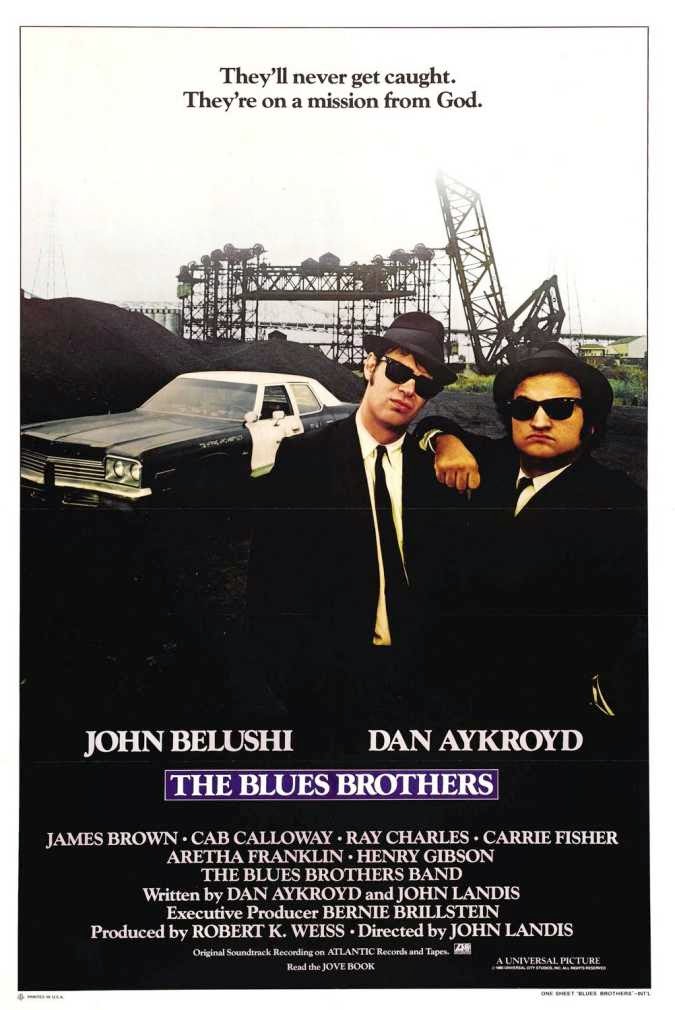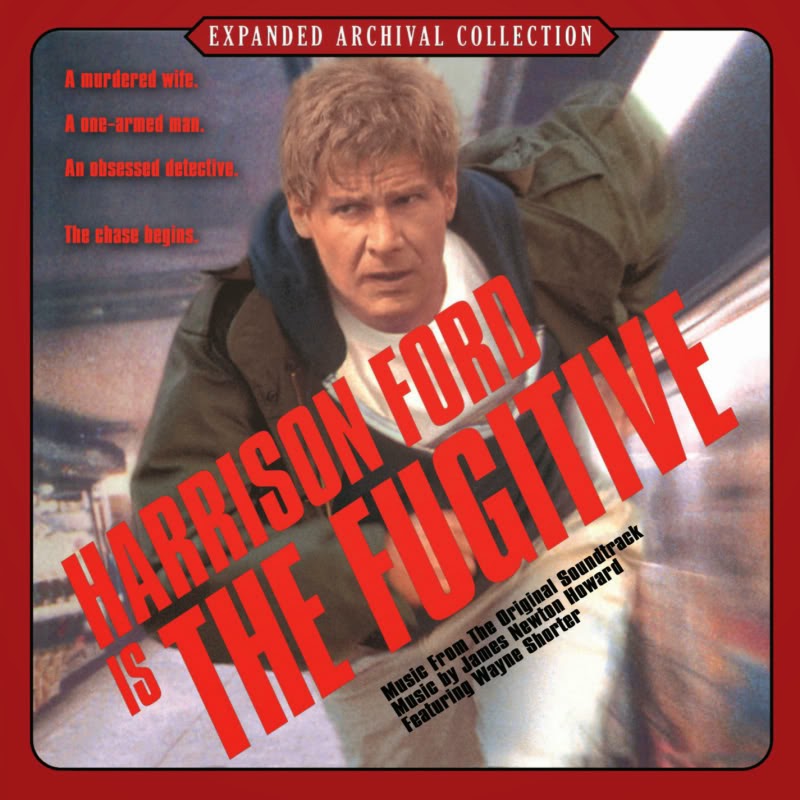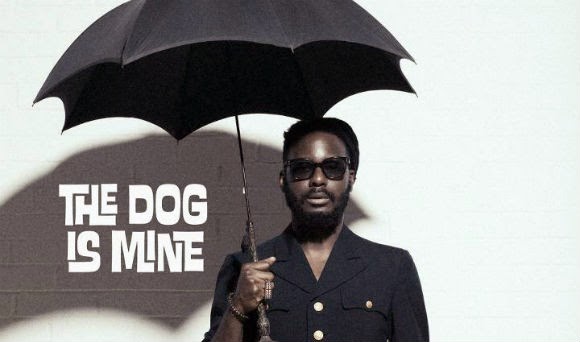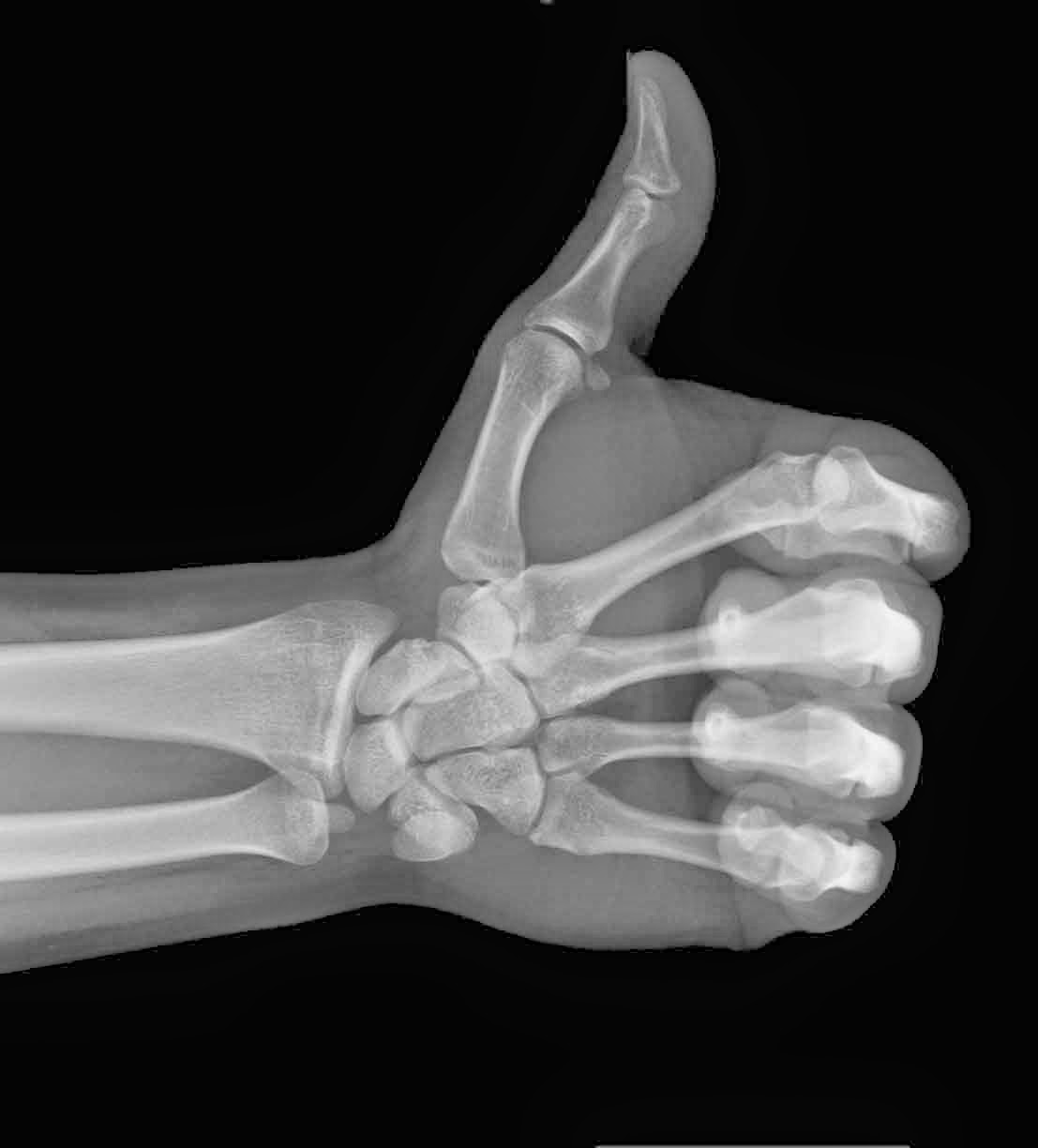In her famous song Respect (have a listen while we chat), Aretha Franklin provides us with a perfect segue to the next letter in our F.I.N.E.R. mnemonic – a convenient way to remember what makes a good research question. We covered N for Novel last time and today we will go over E for Ethical.
Everyone has an idea of what they consider to be “right”. Ethics is a branch of philosophy that focuses on studying what is morally right and wrong in our society. Setting standards to live by that will be in everyone’s best interest. More importantly, ethics also involves the continuous effort of studying our own moral beliefs and our moral conduct, and striving to ensure that we live up to these standards that are reasonable and solidly-based.
Now The Blues Brothers may not have operated with completely ethical methods but you should when you perform research. Wondering what the Blues Brothers have to do with any of this? Watch the trailer and you will see Aretha singing “R-E-S-P-E-C-T”. She wants to be treated “right” just as your subjects will in your study.
But what if you are doing research on your own for fun and are not sure? Ask Mom, she’ll know.


















